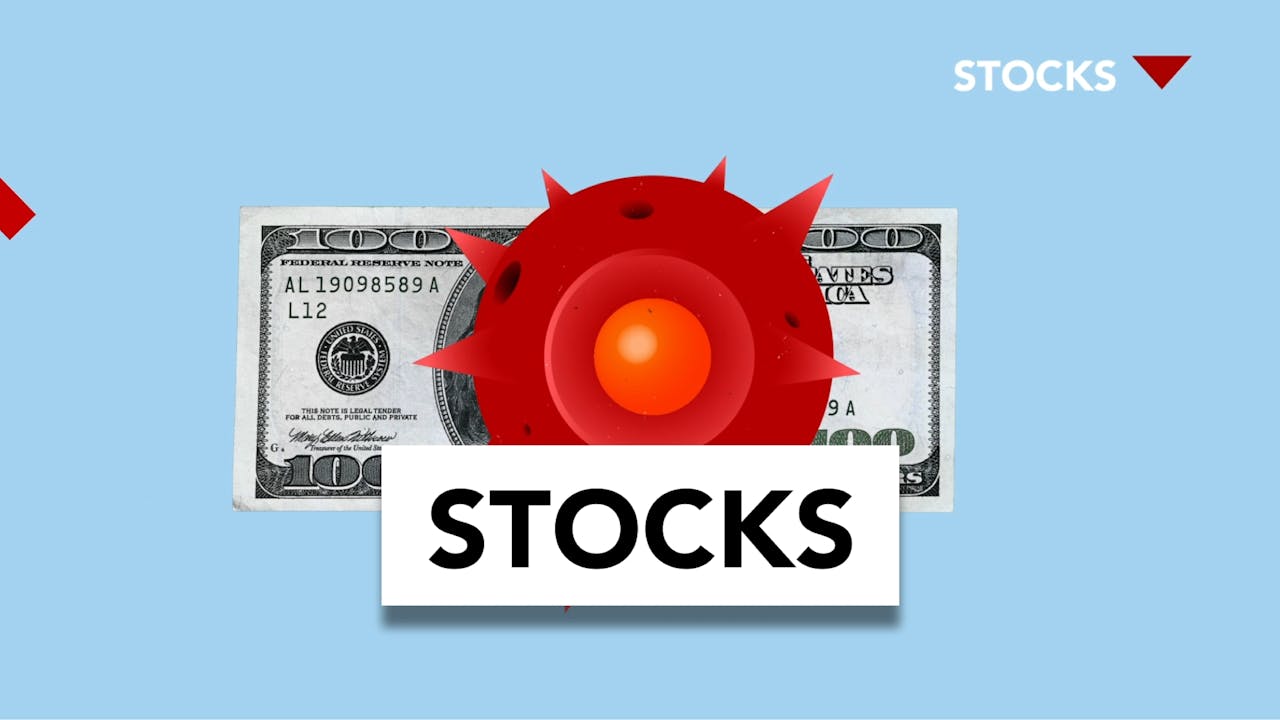Cryptocurrency trading has gained immense popularity in recent years. With the rise of digital assets like Bitcoin, Ethereum, and many others, more and more people are venturing into the world of crypto trading. However, successful trading requires more than just purchasing coins and waiting for the price to rise. It involves understanding various strategies to make informed decisions. This article explores different cryptocurrency trading strategies, helping you navigate this complex market.
What is Cryptocurrency Trading?
Cryptocurrency trading involves buying, selling, or exchanging digital currencies on various platforms or exchanges. Traders aim to profit by purchasing a cryptocurrency at a lower price and selling it at a higher price. The market is highly volatile, with prices fluctuating rapidly due to various factors such as market sentiment, news, and technological developments. Thus, traders must employ various strategies to minimize risk and maximize potential profits.
Types of Cryptocurrency Trading Strategies
Several trading strategies can help traders succeed in the volatile cryptocurrency market. The choice of strategy depends on the trader’s risk tolerance, time commitment, and overall market conditions. Below, we explore some of the most commonly used strategies in cryptocurrency trading.
Day Trading
Day trading is one of the most popular cryptocurrency trading strategies. It involves buying and selling digital assets within a single day to take advantage of small price movements. Traders who follow this strategy often make multiple trades throughout the day, aiming for short-term gains. The key to success in day trading is staying updated on market trends and making quick decisions. However, this strategy requires significant time and attention, as traders must monitor the market closely.
Swing Trading
Swing trading is a medium-term trading strategy where traders buy and hold cryptocurrencies for several days or weeks. The goal is to capitalize on short-to-medium-term price fluctuations. Swing traders typically enter the market when they believe a cryptocurrency is poised for an upward swing and exit when the price has peaked. This strategy is less time-consuming than day trading but requires a solid understanding of technical analysis and market indicators.
Scalping
Scalping is a high-frequency trading strategy that involves making numerous small trades to capitalize on tiny price movements. Traders use this strategy to accumulate small profits throughout the day, eventually leading to significant gains. Scalpers typically focus on very short timeframes, such as minutes or even seconds. To be successful in scalping, traders need a fast and reliable trading platform, as well as the ability to make quick decisions under pressure.
Trend Following
Trend following is a long-term trading strategy that aims to profit from the ongoing trend in the market. Traders following this strategy buy when the market is in an upward trend and sell when it’s in a downward trend. Identifying the right trends is crucial for the success of this strategy. Traders often use technical indicators such as moving averages to determine the prevailing trend. While trend following can be highly profitable, it also comes with risks if the market reverses unexpectedly.
Technical vs. Fundamental Analysis in Cryptocurrency Trading
When trading cryptocurrencies, two primary approaches to analysis are used: technical analysis and fundamental analysis. Both methods play an essential role in crafting successful trading strategies.
Technical Analysis
Technical analysis focuses on past market data, primarily price and volume, to predict future market movements. Traders using technical analysis rely on charts, patterns, and technical indicators like Relative Strength Index (RSI), Moving Averages, and Bollinger Bands. The goal is to identify patterns that indicate potential future price movements. For example, if a cryptocurrency’s price is consistently bouncing off a support level, a trader may decide to enter the market with the expectation that the price will rise.
Fundamental Analysis
On the other hand, fundamental analysis involves examining the underlying factors that affect the value of a cryptocurrency. This includes looking at the technology behind a cryptocurrency, its adoption rate, and the team behind it. News events, regulatory developments, and the overall health of the cryptocurrency ecosystem can also impact the price of digital assets. Traders using fundamental analysis may take a longer-term view, holding positions for months or even years, based on their belief in the potential of a specific cryptocurrency.
Risk Management in Cryptocurrency Trading
Risk management is a crucial element of any successful cryptocurrency trading strategy. Due to the volatility of the market, traders can experience significant losses if they fail to manage their risk effectively. There are several ways to mitigate risk in cryptocurrency trading:
Stop-Loss Orders
A stop-loss order is a tool that automatically sells a cryptocurrency once its price drops below a specific level. This helps traders limit their losses in case the market moves against them. By setting a stop-loss, traders can avoid emotional decisions and ensure that they exit a trade when necessary.
Diversification
Diversifying your portfolio is another effective way to manage risk. Instead of investing all funds into a single cryptocurrency, traders can spread their investments across multiple assets. This reduces the overall risk, as the performance of one cryptocurrency does not entirely determine the success of the portfolio.
Position Sizing
Position sizing refers to determining the amount of capital to risk on each trade. A common recommendation is to risk no more than 1-2% of your total capital on a single trade. This ensures that even if a series of trades result in losses, the trader’s portfolio remains intact.
Emotional Discipline in Cryptocurrency Trading
Emotional discipline plays a pivotal role in successful cryptocurrency trading. The market’s volatility can trigger strong emotional reactions, such as fear and greed, which can lead to poor decision-making. Successful traders maintain control over their emotions by following a strict trading plan, sticking to their strategy, and avoiding impulsive decisions. It’s essential to remember that the cryptocurrency market is highly unpredictable, and emotional reactions can often result in significant losses.
Cryptocurrency Trading Platforms
Choosing the right trading platform is another important aspect of successful cryptocurrency trading. Different platforms offer various features, fees, and security levels. Some popular platforms include Coinbase, Binance, Kraken, and Bitfinex. When selecting a platform, consider factors such as the range of available cryptocurrencies, fees, security measures, and user interface. Additionally, some platforms offer advanced trading features like margin trading and futures contracts, which can be beneficial for experienced traders.
Conclusion
Understanding cryptocurrency trading strategies is key to succeeding in this rapidly evolving market. By mastering strategies such as day trading, swing trading, scalping, and trend following, traders can navigate the crypto market more effectively. Furthermore, employing technical and fundamental analysis, managing risk, and maintaining emotional discipline can significantly improve the chances of success. Whether you’re a beginner or an experienced trader, understanding the intricacies of cryptocurrency trading strategies will help you make informed decisions and improve your overall trading performance.
Check out our Facebook or X accounts.
For more topics check here.




Leave a Reply